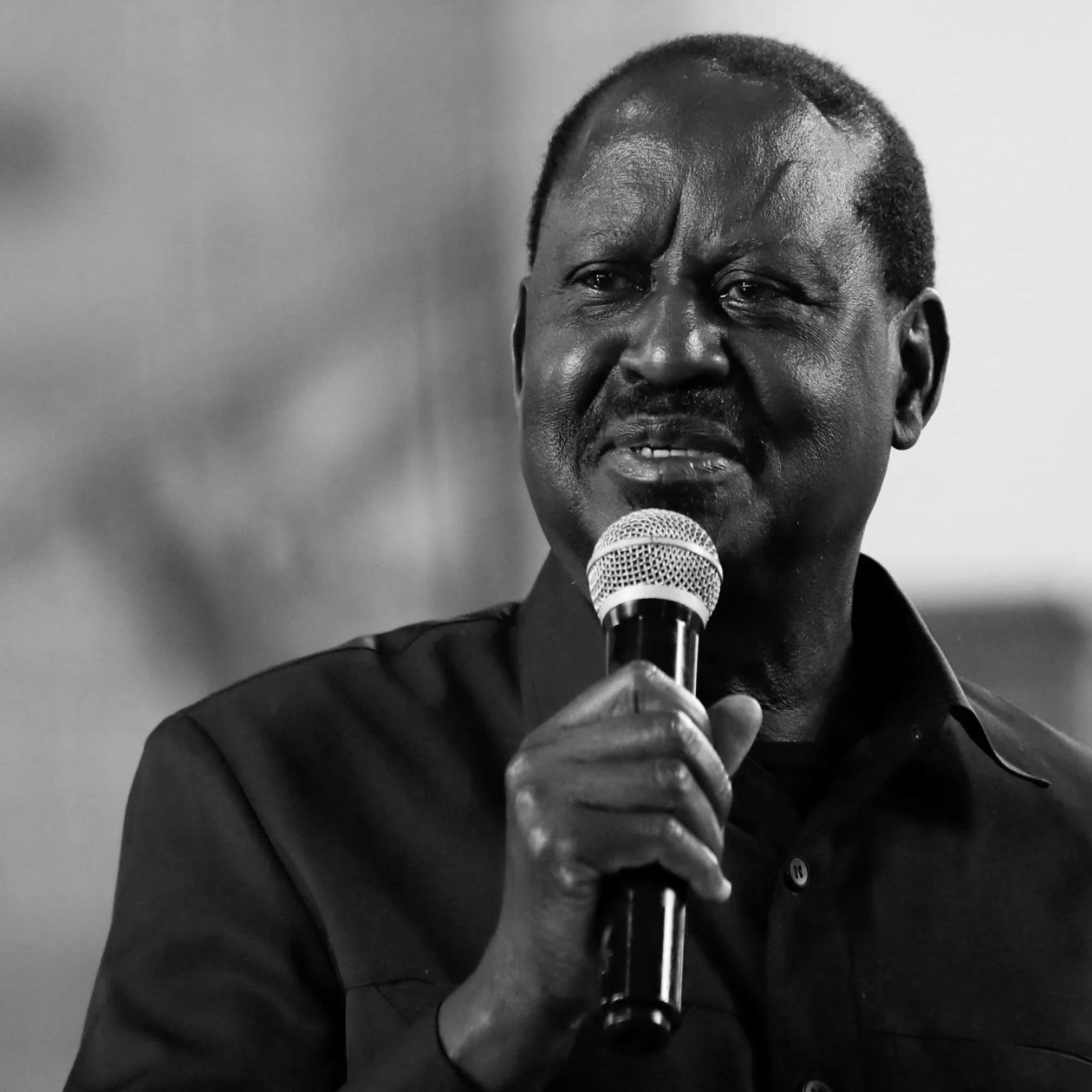Raila Amolo Odinga is a name that has dominated Kenya’s political landscape for more than four decades, a towering figure whose journey has been marked by courage, controversy, and a relentless pursuit of the presidency that has remained tantalizingly out of reach.
Known to his supporters as “Baba” (Father), Odinga’s story is one of resilience, tactical brilliance, and near-victories that have kept him on the edge of power but never fully in control of it. Across five presidential bids, he has come close to clinching the highest office in the land, only to fall short each time, often under circumstances that left the country deeply divided.
The son of Kenya’s first Vice President, Jaramogi Oginga Odinga, Raila inherited a legacy of opposition politics. His political awakening came during the turbulent years of one-party rule under President Daniel arap Moi.
Following the failed 1982 coup attempt against Moi’s regime, Odinga was detained without trial for six years — a period that cemented his reputation as a fearless reformist.
When Kenya embraced multi-party democracy in the early 1990s, Raila quickly established himself as a formidable force, winning the Lang’ata parliamentary seat in 1992. His first presidential bid in 1997 saw him finish third, but it marked the beginning of an unbroken streak of presidential contests that would define his career.
In a surprising turn in 2001, Raila merged his National Development Party (NDP) with Moi’s ruling KANU and was appointed Energy Minister.
Many saw him as Moi’s likely successor until the outgoing president chose Uhuru Kenyatta instead. Feeling betrayed, Raila led a walkout that gave birth to the Liberal Democratic Party (LDP), which later joined the National Rainbow Coalition (NARC).
In 2002, Raila famously declared “Kibaki Tosha,” endorsing Mwai Kibaki for president and shelving his own ambitions for the sake of unity against the long-ruling KANU regime. NARC’s victory that year ended nearly four decades of KANU dominance and ushered in Kenya’s first peaceful transfer of power.
Yet the alliance quickly unraveled after Kibaki was accused of reneging on a power-sharing deal with Raila’s faction, leading to Raila’s dismissal from Cabinet.
The 2007 election would prove to be Raila’s most heartbreaking. Running on an Orange Democratic Movement (ODM) ticket, he galvanized millions with promises of devolution and anti-corruption reforms.
Early results pointed to his victory, but after delays and claims of manipulation, the electoral commission declared Kibaki the winner by a slim margin. The disputed results plunged the nation into unprecedented violence that left more than 1,000 people dead and displaced hundreds of thousands.
Mediation led by former UN Secretary-General Kofi Annan produced a power-sharing agreement that made Raila Kenya’s second Prime Minister in 2008 — a powerful but limited role that ended with the 2010 Constitution.
Raila ran again in 2013 under the Coalition for Reforms and Democracy (CORD), losing narrowly to Uhuru Kenyatta. His challenge at the Supreme Court failed, as did his fifth and final presidential bid in 2022 under the Azimio la Umoja–One Kenya Coalition, despite Kenyatta’s endorsement.
The 2017 contest, however, brought a historic moment when the Supreme Court nullified Kenyatta’s initial victory, a first in Africa, validating Raila’s long-standing claims of electoral malpractice. Yet his decision to boycott the repeat election handed Kenyatta an uncontested win.
In 2018, Raila stunned both allies and critics when he reconciled with Kenyatta in the now-famous “Handshake,” shifting from the opposition benches to a position of influence within government.
The move reshaped Kenyan politics but also blurred his reformist image, especially as Deputy President William Ruto emerged as his main challenger.
Raila’s 2022 defeat to Ruto, followed by his unsuccessful Supreme Court petition, seemed to mark the closing of an era.
Yet in classic Raila fashion, he remained central to national politics. After the 2024 Gen Z-led anti-government protests, he entered a new working arrangement with President Ruto — once again close to power, yet without formal authority.
For Kenya’s perennial opposition leader, the story of Raila Odinga remains one of resilience and unfinished ambition, the saga of a man who has shaped every major political chapter of the nation’s history, always at the center of power’s orbit, yet never quite crossing its final threshold.
